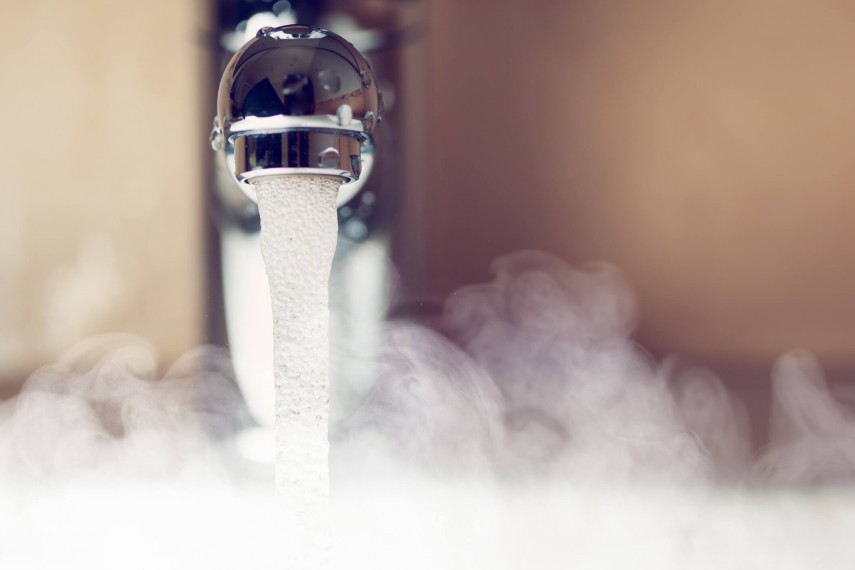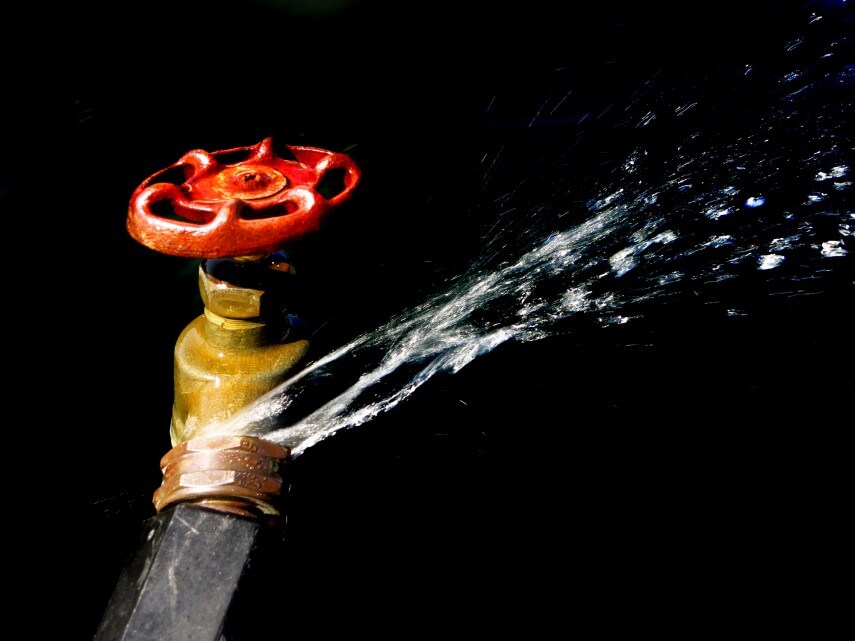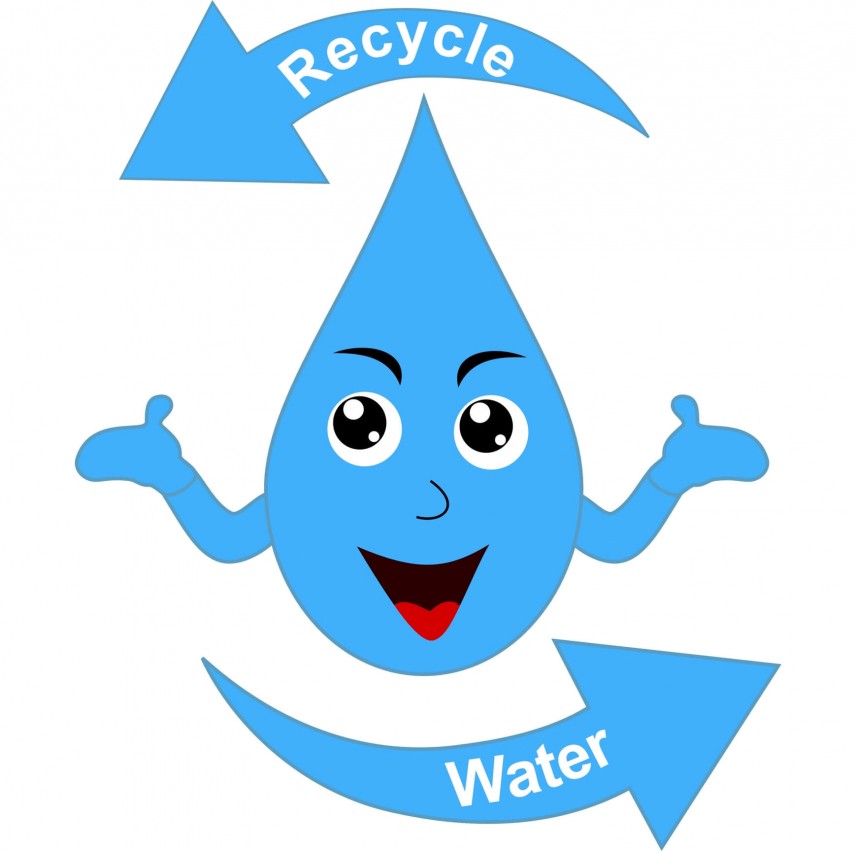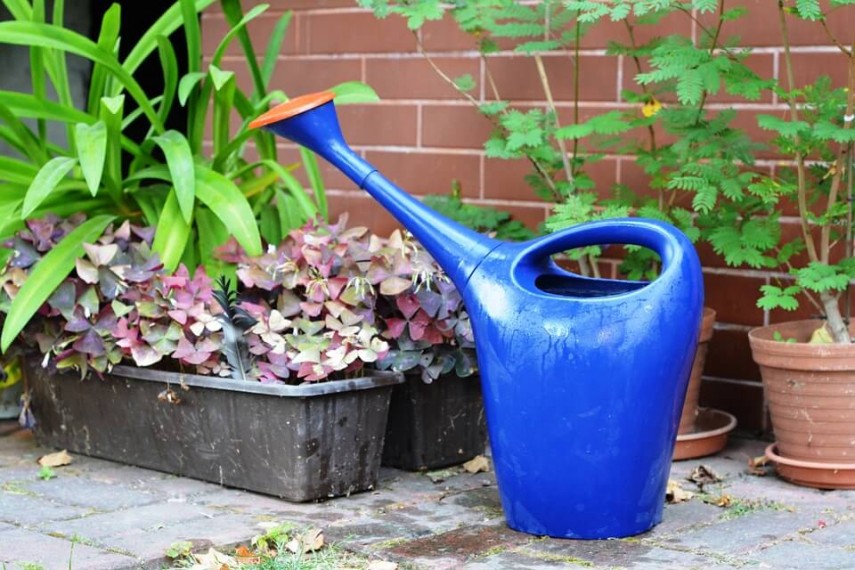#WorldWaterDay: 10 Ways To Conserve Water At Home

Today, India is staring at an acute water scarcity, with the recently published weekly bulletin of the Central Water Commission (CWC) showing that the water level of 91 main reservoirs in India is nearly 29 per cent. The data reveal that the present reservoir level, the lowest in a decade, may be an indicator of a severe impending water crisis. Though the government is taking necessary steps to prevent it, the onus is also on individuals to conserve water.
On World Water Day, PropGuide lists 10 ways in which you can conserve water at home:
Rainwater Harvesting System
Rainwater Harvesting System is one the most constructive and easy ways of conserving water in the long run. Install rooftop rainwater harvesting (RRH) system at your house or apartment complex. These systems can be attached to storage tanks supplying water through pipes to taps. There also is the provision to add filters to the system. If not for drinking, the water supplied through RRH can be used for activities like toilet flush, washing utensils, and gardening, among other things. The cost of setting a rainwater harvesting system depends on the size of the building. Read more about RRH system here
Convert toilet to low flush
Convert your toilets into low-flush ones by installing systems to lower water consumption. There are plenty of options available in the market. These include dual-flush toilet, interruptible flush cistern and pressure-assist toilet. While dual-flush toilet has two flushes and generally uses six litres and three litres of water per flush, the interruptible flush cistern gives you the option to use only the required amount of water. For instance, a button pressed once will flow water only till the button is pressed again. Pressure-assist toilets either use water line pressure or a device which creates additional force from air pressure to flush the toilet.
Change faucets/taps
Water can also be saved by using the right type of tap or faucet. Aerators are modern taps that help save water. An aerator spreads the water in many droplets and maintains the flow of water. Besides, sensor taps are automatic shut-off taps with push-buttons, and also there are level-operated taps that shut off automatically after a set time.
Check for leakage
Always check for any leakage, especially in toilets and kitchen. Do not neglect water leakage at your home, as leakages can waste as much as 30 to 500 gallons of water every day.
Low-flow shower
A low-flow shower could be installed in the bathroom to reduce water consumption. These showers maintain the water pressure and use almost half the amount of water used by a regular shower. Besides, hand showers or buckets, which consume less water than overhead showers, can be used for bathing.
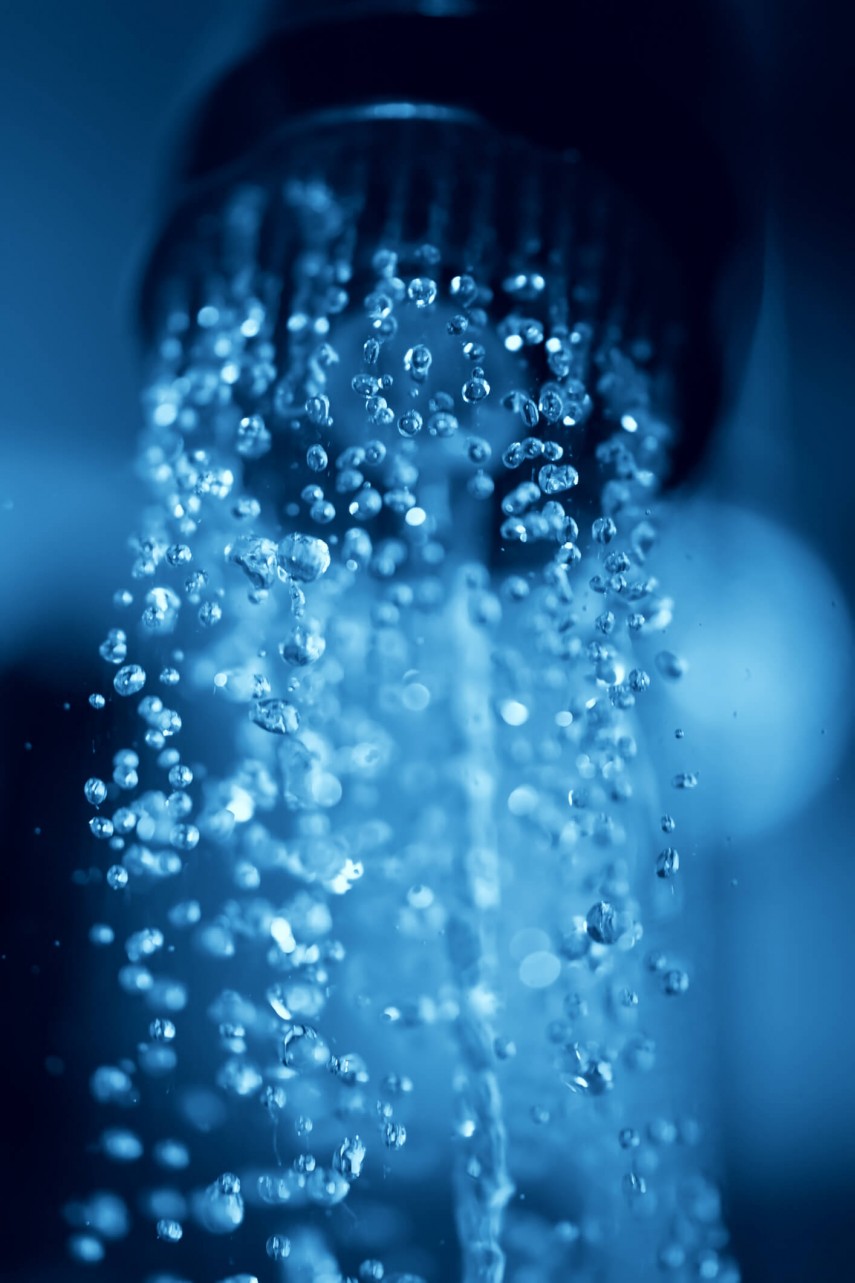 (Dreamstime)
(Dreamstime)
Close taps
Make it a practice to turn off the taps when not using while you are engaged in activities like brushing teeth, washing hands or shaving.
Re-use water
The water that you have utilised in activities like cooking and washing can be re-used. You can collect water used for washing laundry and utensils and use it for washing or watering your lawn. You can also fill the flush tanks of your toilet. Also, water used for washing vegetables or boiling them can be reused to water plants.
Minimise water usage in regular household activities
Minimise the usage of water for daily activities and you will notice that you can save plenty of water. Instead of washing your lawn or car with a water pipe, use a bucket to clean them. Do not use a hose pipe while watering your plants; prefer a sprinkler or bucket and mug.
Plant your trees appropriately
It is a known fact that planting small trees under big ones helps save water. This practice helps prevent evaporation and provides some shade to the smaller trees.
Keep a check on water meter
Learn how to read a water meter and keep a check on your water consumption. Also, try the meters that come with the provision to detect water leakage.


